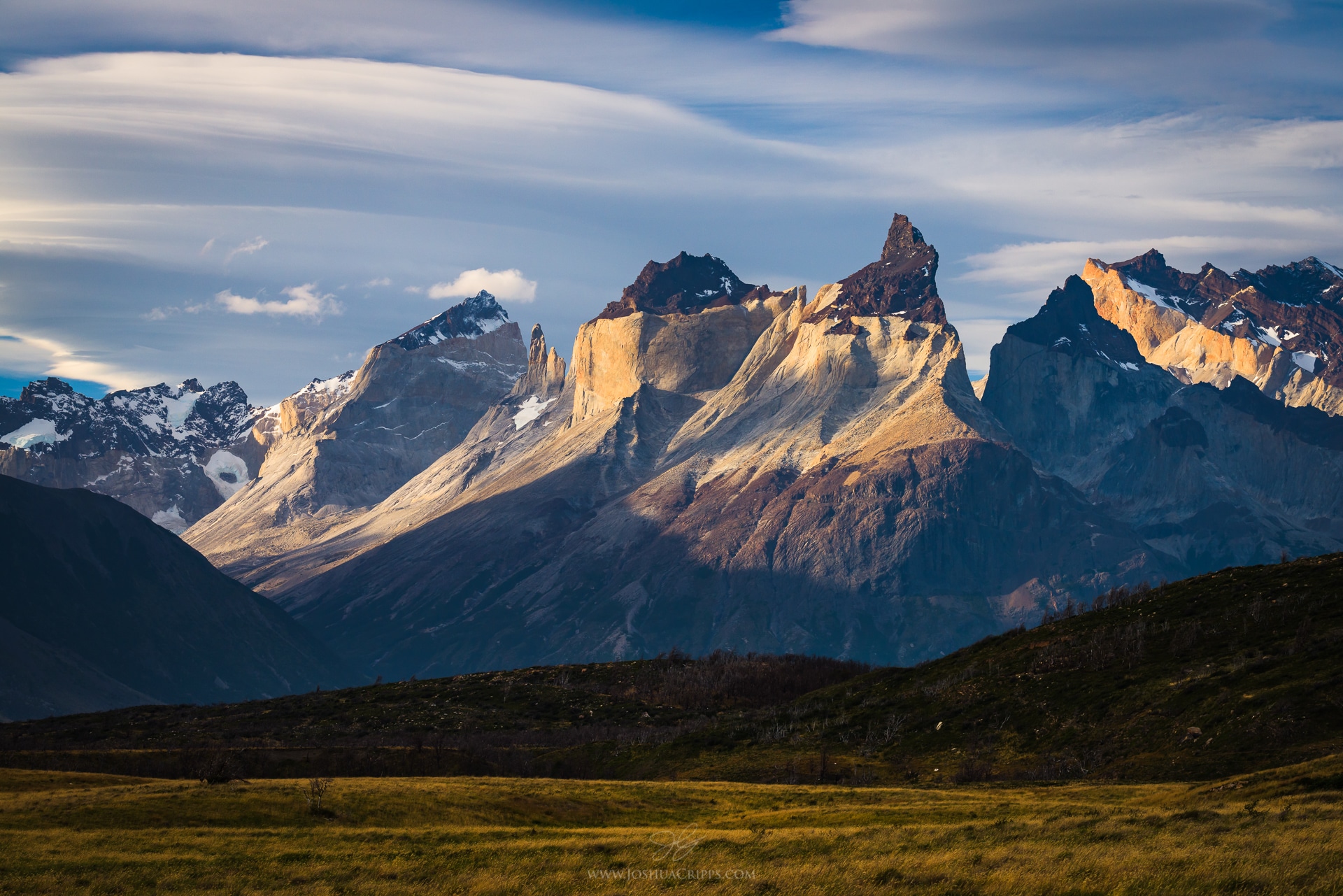
[/av_textblock]
[av_heading heading=’Los Cuernos’ tag=’h3′ link_apply=” link=” link_target=” style=’blockquote classic-quote’ size=” subheading_active=” subheading_size=’15’ margin=” padding=’10’ color=” custom_font=” custom_class=” admin_preview_bg=” av-desktop-hide=” av-medium-hide=” av-small-hide=” av-mini-hide=” av-medium-font-size-title=” av-small-font-size-title=” av-mini-font-size-title=” av-medium-font-size=” av-small-font-size=” av-mini-font-size=”][/av_heading]
[av_textblock size=” font_color=” color=” av-medium-font-size=” av-small-font-size=” av-mini-font-size=” admin_preview_bg=” av_uid=’av-ct8rpv’]

[/av_textblock]
[av_two_third first min_height=” vertical_alignment=” space=” custom_margin=” margin=’0px’ padding=’0px’ border=” border_color=” radius=’0px’ background_color=” src=” background_position=’top left’ background_repeat=’no-repeat’ animation=” mobile_display=” av_uid=’av-2zd47gz’]
[av_heading heading=’Behind the Scenes of this Photo’ tag=’h3′ link_apply=” link=” link_target=” style=’blockquote classic-quote’ size=” subheading_active=” subheading_size=’15’ margin=” padding=’10’ color=” custom_font=” custom_class=” admin_preview_bg=” av-desktop-hide=” av-medium-hide=” av-small-hide=” av-mini-hide=” av-medium-font-size-title=” av-small-font-size-title=” av-mini-font-size-title=” av-medium-font-size=” av-small-font-size=” av-mini-font-size=”][/av_heading]
[av_textblock size=” font_color=” color=” av-medium-font-size=” av-small-font-size=” av-mini-font-size=” av_uid=’av-204m1zn’ admin_preview_bg=”]
Taken from the Lago Grey area of Torres del Paine National Park, Chile, on February 26, 2017.
Chile’s most famous national park is Torres del Paine, which means The Blue Towers. And although those specific towers are striking -gigantic monoliths of rock jutting thousands of feet into the sky- they are somewhat inaccessible. Most people will only ever see them from far away, from a viewpoint miles and miles and miles away from the towers themselves. In contrast, Los Cuernos del Paine (The Blue Horns) are omnipresent in the park. The most famous, the most iconic views of Torres del Paine all involve Los Cuernos. And with good reason: these enormous columns of rock erupt over 6,000 feet from the shores of the lakes below. Their craggy nature give them an incredible character and aesthetic, and they are surely some of the most well-known and iconic mountains in the world.
Being mere miles from the western Chilean coast, this sub range of the Andes is also subject to a battering by the severe weather of the southern latitudes. Ferocious winds, blustery squalls, and intense downpours can spring up out of nowhere, mingling with perfect sunshine in a frustrating display of fickleness. But that same weather, when it hits Los Cuernos, often dances and plays with the light and atmosphere in a way that is a delight for photography.
On this particular day, after a beautiful morning exploring the Lago Grey region of Torres del Paine National Park, I was driving back toward my campsite as the winds picked up and began howling over the peaks. That led to the formation of incredible interlocking lenticular clouds over Los Cuernos, all of which basked in the afternoon sunlight.
Key Learning Tip:
It’s easy to over-complicate composition. In those moments where I’m not sure how to compose a scene I tend to fall back one of the simplest “rules” of composition: the Rule of Thirds. The rule states that you divide your frame up into an imaginary Tic-Tac-Toe board and place important objects in your photos along the lines and intersections of that grid.
In this image you can see I’ve done exactly that: the sky gets a third of the photo. The grass and forested hills at the bottom of the photo get a third. And the mountains in the middle get a third. So simple, yet so effective. Also notice where I’ve placed the most prominent tower in the scene: its most eye-catching, sunlit section is placed on the upper-left third intersection point. It’s a power point in the image and your eye goes right to that tower.
So the next time you’re stuck trying to figure out a decent composition don’t be afraid to fall back to the tried-and-true Rule of Thirds.
—
See more beautiful Chile photos here.
[/av_textblock]
[/av_two_third][av_one_third min_height=” vertical_alignment=” space=” custom_margin=” margin=’0px’ padding=’0px’ border=” border_color=” radius=’0px’ background_color=” src=” background_position=’top left’ background_repeat=’no-repeat’ animation=” mobile_display=” av_uid=’av-1gtc1qr’]
[av_textblock size=” font_color=” color=” admin_preview_bg=” av_uid=’av-1c2kxg3′]
[popuppress id=”4993″]
[/av_textblock]
[/av_one_third]
[av_comments_list av-desktop-hide=” av-medium-hide=” av-small-hide=” av-mini-hide=” av_uid=’av-iu2u8j’]